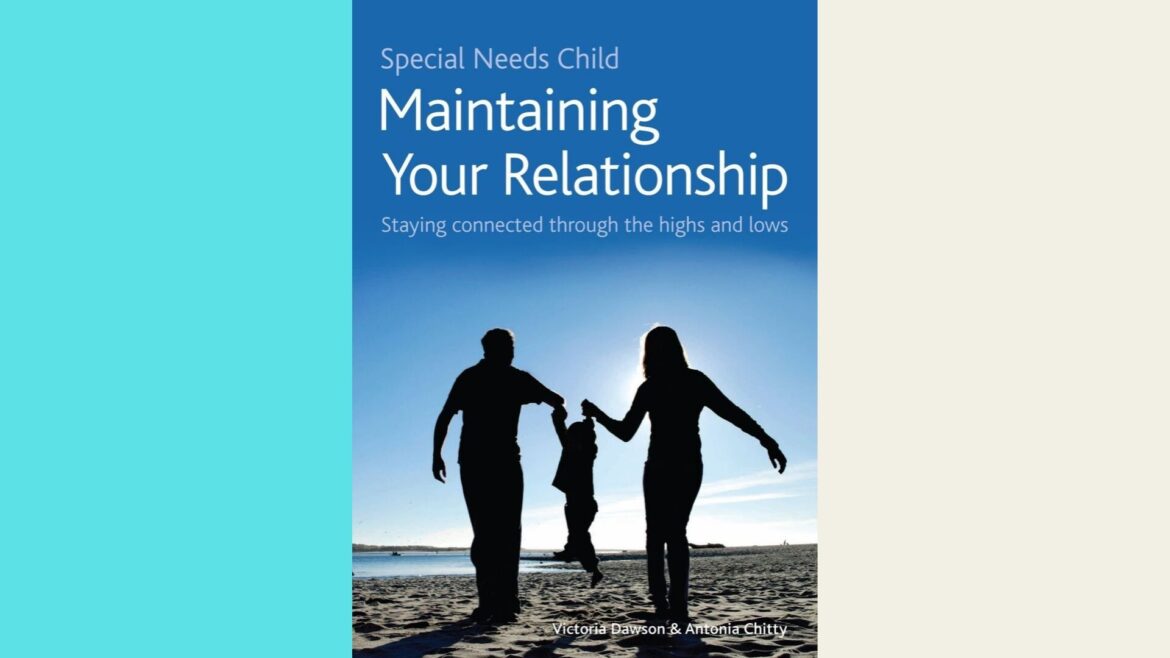Becoming a parent can put new, unexpected strains on any relationship and those who have a child with special needs will face additional challenges depending on the severity of the disability. This practical book is packed with advice from parents who have children with a wide range of special needs, physical and behavioral/mental in nature, and gives valuable insight into how they have maintained their relationships. It is a book to be ‘dipped into’ rather than read from cover to cover, as the range of special needs and the diversity of families means that not all of the material will be relevant to all families.
The book’s key message, and it is true for all parental relationships, is to ‘keep the relationship growing and build a powerful partnership’. All parents worry about how their children will cope with life’s challenges and have to love and grow with them in order to meet their individual needs. They can be disappointed when the child does not share their abilities or interests but need to find out what their child is good at and encourage them to fulfill their dreams. This is just as true for parents who have a child with special needs. New dreams can replace those the parents might have had before they learned of their child’s disability, and if the parents can share their joy at their child’s achievements and work together with professionals to get the best for their child, the quality of their relationship should not suffer. The book reflects this ‘strengths-based’ practice, increasingly used by professionals working with families, which is far more helpful than concentrating on what the child ‘cannot do’.

Img Source: firstthingsfirst.org
Parents are the experts on their children and are usually best placed to support one another when they face tough times, but there will inevitably be occasions when they need to seek external support. Both informal, mainly family and friends, and formal support networks can be of enormous help to them and enable them to maintain a healthy relationship together. This book illustrates how important getting the right amount of support is for different circumstances and lists the leading formal support organizations that can help families through the transitions and stages of adjustment they may have to face. There is a quote from a GP advising a couple to ‘Guard their marriage’, and getting the right support is a powerful protective factor against the relationship breaking down under pressure.
The authors have also ably addressed many of the key practical questions that parents want answers to around issues like: financial and work pressures, education considerations, housing options and how to plan for the future. They have included a number of grids and templates as tools parents might use to clarify points and share with professionals. But perhaps its strongest messages are related to the importance of good communication, especially listening to one another, and parents being able to identify their own coping strategies. Parents may have very different feelings about their situation. One might be overwhelmed with emotions like anger or guilt while the other might be more accepting and positive. The ‘Emotional Roller Coaster’ diagram in Chapter 2 could be particularly useful to parents trying to understand their feelings.

Img Source: halebooks.com antoniachitty.com
The book’s final chapter on ‘Celebrating Relationships’ illustrates how couples often find their relationship and lives have changed in a positive way through such things as their making friends with people they would not have met otherwise and generally appreciating life more. Society’s attitudes to ‘disability’ are often negative so it was a pleasure to read a book that countered negative attitudes and acknowledged that life is not all ‘doom and gloom’ for families. That children with special needs can give enormous pleasure to their parents and parents feel just as proud of them as their other children.

